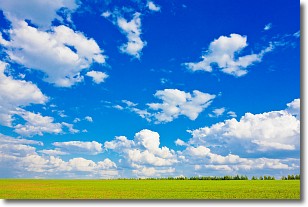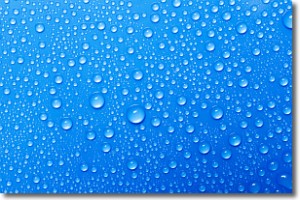Weather Alert in Alaska
Special Weather Statement issued August 1 at 11:09AM AKDT by NWS Fairbanks AK
AREAS AFFECTED: Upper Tanana Valley; Eastern Alaska Range North of Trims Camp; Eastern Alaska Range South of Trims Camp
DESCRIPTION: A system bringing abundant rainfall will move quickly from east to west across the Upper Tanana Valley and Alaska Range Friday evening into Saturday. Rainfall rates of 1" per hour are possible from 7pm Friday evening through around 10am Saturday morning. Rainfall will begin along the Alaska Highway near the Alcan Border and move west to Dry Creek and over the eastern Alaska Range overnight. Short run creeks along the Alaska Highway from Dot lake to Tok may run high and fast, as well as streams draining the Macomb Plateau. Outdoor recreationists should be aware of the threat for heavy rain, high water, and debris flowing down typically dry streambeds.
INSTRUCTION: N/A
Want more detail? Get the Complete 7 Day and Night Detailed Forecast!
Current U.S. National Radar--Current
The Current National Weather Radar is shown below with a UTC Time (subtract 5 hours from UTC to get Eastern Time).

National Weather Forecast--Current
The Current National Weather Forecast and National Weather Map are shown below.

National Weather Forecast for Tomorrow
Tomorrow National Weather Forecast and Tomorrow National Weather Map are show below.

North America Water Vapor (Moisture)
This map shows recent moisture content over North America. Bright and colored areas show high moisture (ie, clouds); brown indicates very little moisture present; black indicates no moisture.

Weather Topic: What are Cumulus Clouds?
Home - Education - Cloud Types - Cumulus Clouds
 Next Topic: Drizzle
Next Topic: Drizzle
Cumulus clouds are fluffy and textured with rounded tops, and
may have flat bottoms. The border of a cumulus cloud
is clearly defined, and can have the appearance of cotton or cauliflower.
Cumulus clouds form at low altitudes (rarely above 2 km) but can grow very tall,
becoming cumulus congestus and possibly the even taller cumulonimbus clouds.
When cumulus clouds become taller, they have a greater chance of producing precipitation.
Next Topic: Drizzle
Weather Topic: What is Evaporation?
Home - Education - Precipitation - Evaporation
 Next Topic: Fog
Next Topic: Fog
Evaporation is the process which returns water from the earth
back to the atmosphere, and is another crucial process in the water cycle.
Evaporation is the transformation of liquid into gas, and it happens because
molecules are excited by the application of energy and turn into vapor.
In order for water to evaporate it has to be on the surface of a body of water.
Next Topic: Fog
Current conditions powered by WeatherAPI.com




